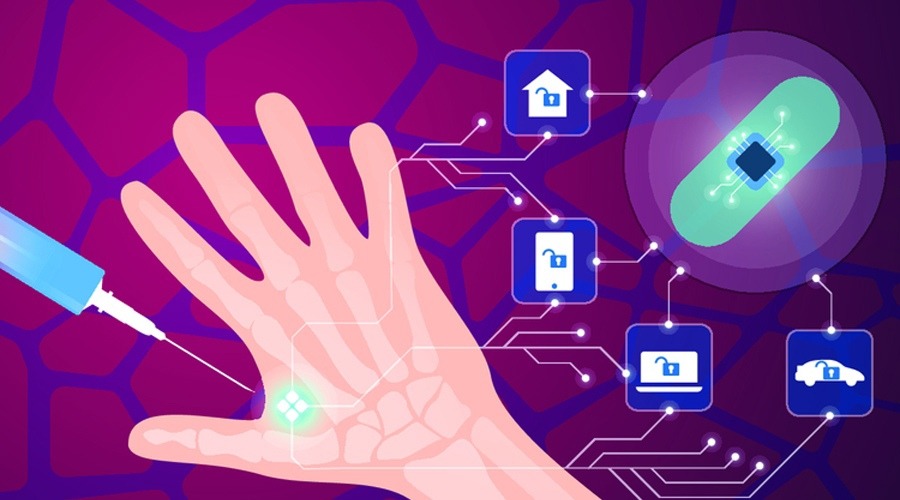A longstanding question has shadowed neuroscience for decades: do fundamental organizational differences exist between the brains of men and women? Confounding past studies was the sheer complexity of neural connections within and across critical structures. Enter a newly developed deep learning tool named Explicable AI. Using advanced analytics, the model detected gender-specific differences in key regions with over 90% confidence, while crucially also explaining the subtle variances underpinning them.
Researchers from Stanford trained Explicable AI on a trove of 1,500 dynamic MRI scans capturing blood flow and activity across subjects’ brains. Unlike previous machine learning systems operating as “black boxes,†this adaptive model points to the exact inputs and pathways leading to its predictions.
When analyzing the scan data, distinct connectivity patterns emerged between men and women centering around three networks:
- The default mode handling internal thought and awareness
- The limbic system regulating emotion and motivation
- The striatum implicated in learning and reward processing
Building on these foundations, the team found clear performance differences in certain cognitive tasks tied to the observed structural variation. The sophistication of the AI system provides perhaps the strongest evidence yet that the basic wiring powering how males and females perceive, process and interact with the world shows key deviations.
Experts suggest various potential root causes behind the bifurcation from differing hormone exposures early in development to social conditions that wire boys and girls on divergent tracks. Teasing apart these complex, interwoven variables remains an area requiring further research.
However, the insights unlocked by Explicable AI’s pattern finding introduce exciting medical possibilities. Neuropsychiatric disorders like depression, ADHD and Alzheimer’s all demonstrate strong gender skews in frequency, severity and optimal treatment strategies. Recognizing the significance of biological individuality sets the stage for more targeted, effective therapies customized to the patient.
The research also counters a dispiriting history in the field of dismissing brain variability as a factor in mental health and cognitive performance outcomes. Building holistic data-driven models inclusive of diversity remains critical to both scientific credibility and social progress.
Stanford’s breakthrough model for peering inside the dimly lit brain represents a powerful step toward revealing and honoring key human differences at the core of health, ability and identity. Where we go from here relies on applying technology like Explicable AI ethically across research realms. But the doors slowly opening suggest a more enlightened understanding of ourselves waits just on the other side if we dare walk through.


















